Home>Gardening & Outdoor>Landscaping Ideas>How Often To Mow Grass
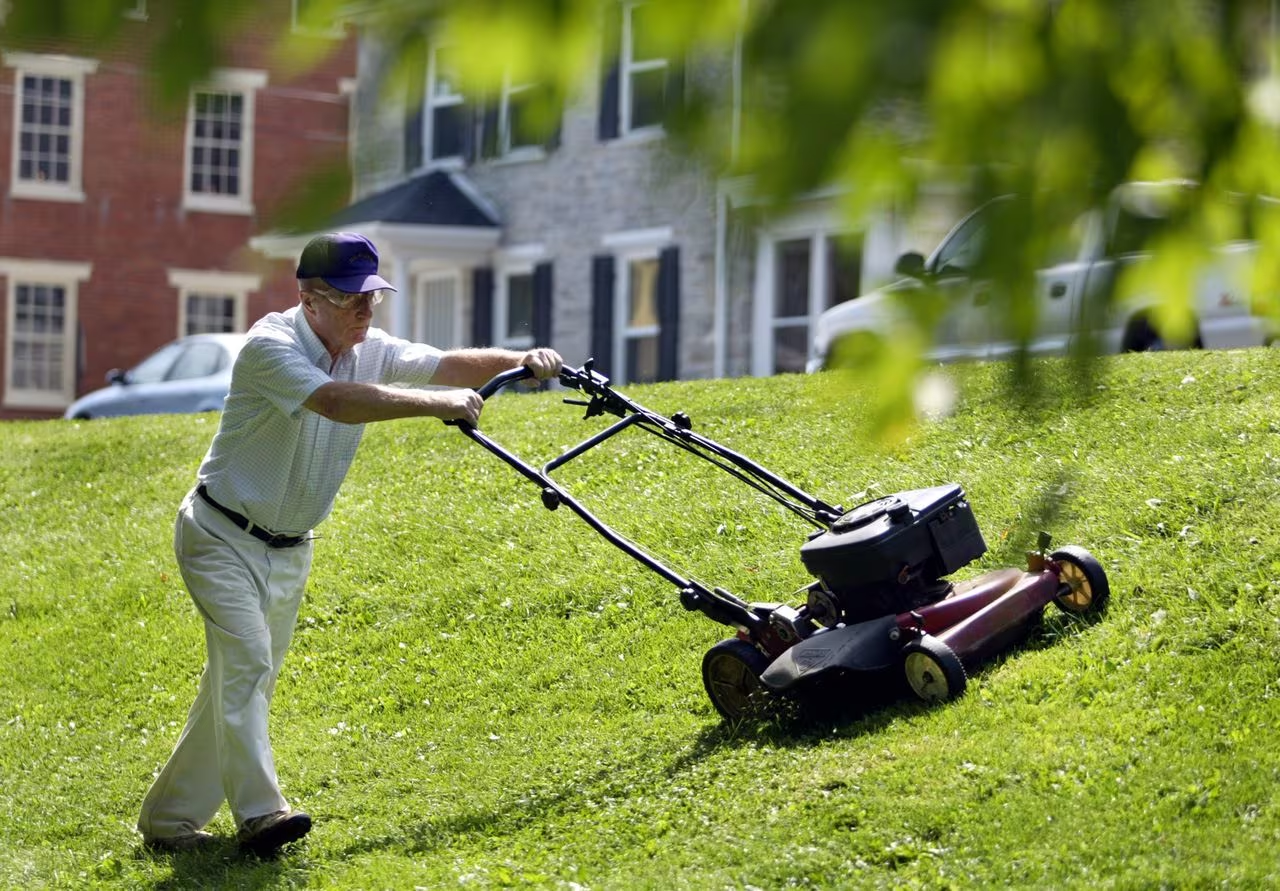

Landscaping Ideas
How Often To Mow Grass
Modified: February 18, 2024
Discover the best landscaping ideas for maintaining a lush lawn. Learn how often to mow grass and keep your yard looking pristine with our expert tips.
(Many of the links in this article redirect to a specific reviewed product. Your purchase of these products through affiliate links helps to generate commission for Storables.com, at no extra cost. Learn more)
Introduction
Maintaining a lush, vibrant lawn is a source of pride for many homeowners. A well-kept lawn not only enhances the aesthetic appeal of a property but also provides a welcoming outdoor space for relaxation and recreation. One of the fundamental aspects of lawn care is mowing, a task that directly impacts the health and appearance of the grass. However, the frequency of mowing is a topic that often sparks debate among lawn enthusiasts. How often should one mow the grass to achieve the best results? This question is influenced by various factors, including the type of grass, climate, and season. Understanding the optimal mowing frequency for different grass types is essential for promoting healthy growth and maintaining an attractive lawn throughout the year. In this article, we will delve into the factors that influence mowing frequency and provide practical tips for achieving a well-groomed lawn. Whether you are a seasoned lawn care aficionado or a novice homeowner looking to elevate your landscaping game, mastering the art of mowing at the right intervals is key to nurturing a thriving and picturesque lawn.
Key Takeaways:
- Mowing frequency depends on grass type, seasonal changes, and growth rate. Adapting to these factors ensures a healthy, visually appealing lawn year-round.
- Regular maintenance, observing growth patterns, and adapting to seasonal changes are key to managing mowing frequency for a lush, resilient lawn.
Read more: How Often To Mow The Grass
Factors to Consider
When determining the ideal frequency for mowing your lawn, several crucial factors come into play. Understanding and considering these elements will help you tailor your mowing schedule to the specific needs of your grass, ultimately contributing to a healthier and more visually appealing lawn.
Growth Rate
The growth rate of your grass is a primary consideration when deciding how often to mow. Different grass species exhibit varying growth patterns, with some growing rapidly while others have a more moderate growth rate. Understanding the growth rate of your specific grass type will guide you in establishing a suitable mowing frequency that prevents the grass from becoming overgrown or stressed.
Seasonal Variations
Seasonal changes significantly impact the growth and maintenance requirements of your lawn. During the peak growing season, typically in spring and early summer, grass tends to grow more rapidly, necessitating more frequent mowing. In contrast, as the growth rate slows down in late summer and fall, the mowing frequency can be adjusted accordingly. Additionally, environmental factors such as temperature and precipitation levels influence the pace of grass growth, further emphasizing the need to adapt your mowing schedule to seasonal variations.
Weather Conditions
Weather conditions, particularly rainfall and temperature, play a pivotal role in determining the frequency of mowing. Adequate rainfall and optimal temperatures can stimulate vigorous grass growth, prompting more frequent mowing to maintain an optimal lawn height. Conversely, periods of drought or extreme heat may cause the grass to enter a dormant state, reducing the need for frequent mowing. Adapting your mowing frequency in response to prevailing weather conditions ensures that your lawn receives the care it needs without unnecessary stress.
Read more: How Often Should Bermuda Grass Be Mowed
Lawn Health
The overall health of your lawn is a crucial factor to consider when establishing a mowing routine. Regular mowing at appropriate intervals promotes healthy growth, prevents thatch buildup, and encourages the development of a dense, resilient turf. Conversely, infrequent mowing can lead to the accumulation of excessive grass clippings and uneven growth, potentially compromising the health and appearance of the lawn. By aligning your mowing frequency with the specific needs of your grass, you can contribute to the overall well-being of your lawn.
Equipment and Technique
The condition of your mowing equipment and the mowing technique employed also influence the ideal mowing frequency. Sharp mower blades and proper mowing practices contribute to clean, precise cuts that minimize stress on the grass. Regular maintenance of mowing equipment and adherence to recommended mowing heights and techniques can impact the frequency at which mowing is required to achieve optimal results.
By taking these factors into account, you can make informed decisions regarding the frequency of mowing, ensuring that your lawn receives the care it needs to thrive.
Cool-Season Grasses
Cool-season grasses, including popular varieties such as Kentucky bluegrass, fescue, and ryegrass, thrive in regions characterized by moderate temperatures and abundant moisture. These grasses exhibit robust growth during the cooler months of the year, making them well-suited for northern climates and transitional zones. Understanding the unique characteristics of cool-season grasses is essential for establishing an appropriate mowing schedule that supports their optimal growth and appearance.
During the active growth phase in spring and fall, cool-season grasses experience rapid development, necessitating more frequent mowing to maintain an ideal height. Mowing cool-season grasses at a height of around 2.5 to 3.5 inches is generally recommended, as this promotes a dense, healthy turf while helping to shade the soil and reduce weed growth. To achieve this recommended mowing height, homeowners with cool-season grasses may find themselves mowing their lawns approximately once a week during the peak growing season.
However, as the temperatures rise in the summer months, the growth rate of cool-season grasses tends to slow down. During this period, adjusting the mowing frequency to every 10 days to two weeks can help prevent stress on the grass while maintaining an aesthetically pleasing lawn. It is important to avoid cutting cool-season grasses too short during hot weather, as this can leave the turf vulnerable to heat stress and water loss.
In the fall, as temperatures begin to cool once again, cool-season grasses experience a resurgence in growth, necessitating a return to more frequent mowing. This seasonal fluctuation in growth patterns underscores the importance of adapting the mowing schedule to accommodate the specific needs of cool-season grasses throughout the year.
By aligning the mowing frequency with the growth patterns of cool-season grasses, homeowners can effectively support the health and vitality of their lawns. Regular mowing at appropriate intervals not only contributes to a well-manicured appearance but also promotes the development of a dense, resilient turf that can better withstand environmental stressors and competition from weeds. Understanding the seasonal nuances of cool-season grasses empowers homeowners to make informed decisions regarding mowing frequency, ultimately enhancing the overall beauty and health of their lawns.
Warm-Season Grasses
Warm-season grasses, such as Bermuda grass, Zoysia grass, and St. Augustine grass, thrive in regions characterized by hot summers and mild winters. These grasses exhibit vigorous growth during the warm months, making them well-suited for southern climates and other areas with similar environmental conditions. Understanding the unique characteristics of warm-season grasses is essential for establishing an appropriate mowing schedule that supports their optimal growth and appearance.
During the peak growing season, typically from late spring to early fall, warm-season grasses undergo rapid growth, necessitating more frequent mowing to maintain an ideal height. Mowing warm-season grasses at a height of around 1 to 2 inches is generally recommended, as this promotes a dense, healthy turf while helping to prevent thatch buildup and maintain an attractive appearance. Homeowners with warm-season grasses may find themselves mowing their lawns approximately every 5 to 7 days during the active growth phase to keep the grass at the recommended height.
As the temperatures begin to cool in the fall, the growth rate of warm-season grasses gradually slows down. During this transitional period, adjusting the mowing frequency to every 10 to 14 days can help manage the grass height while accommodating the reduced growth rate. It is important to continue mowing warm-season grasses as long as they are actively growing, ensuring that the turf remains well-maintained and visually appealing.
In the winter months, warm-season grasses enter a dormant state, during which their growth significantly slows or ceases altogether. As a result, the need for mowing diminishes, and homeowners may find that mowing can be suspended for extended periods during this time. However, it is essential to monitor the grass and resume mowing when growth resumes in the spring, marking the beginning of a new mowing season for warm-season grasses.
By aligning the mowing frequency with the growth patterns of warm-season grasses, homeowners can effectively support the health and vitality of their lawns. Regular mowing at appropriate intervals not only contributes to a well-manicured appearance but also promotes the development of a dense, resilient turf that can better withstand environmental stressors and competition from weeds. Understanding the seasonal nuances of warm-season grasses empowers homeowners to make informed decisions regarding mowing frequency, ultimately enhancing the overall beauty and health of their lawns.
Read more: How To Mow Grass On A Slope
Frequency for Different Grass Types
The optimal mowing frequency for different grass types is influenced by a variety of factors, including growth rate, seasonal variations, and specific grass characteristics. Understanding the unique needs of each grass type is essential for establishing a mowing schedule that promotes healthy growth and maintains an attractive lawn throughout the year.
For cool-season grasses such as Kentucky bluegrass, fescue, and ryegrass, the mowing frequency varies based on the season. During the peak growing season in spring and fall, these grasses typically require mowing approximately once a week to maintain an ideal height of around 2.5 to 3.5 inches. As temperatures rise in the summer, the mowing frequency can be adjusted to every 10 days to two weeks to prevent stress on the grass. In the fall, a return to more frequent mowing is necessary as cool-season grasses experience a resurgence in growth.
In contrast, warm-season grasses like Bermuda grass, Zoysia grass, and St. Augustine grass exhibit rapid growth during the warm months, necessitating more frequent mowing. Homeowners with warm-season grasses may find themselves mowing their lawns approximately every 5 to 7 days during the active growth phase to maintain an ideal height of around 1 to 2 inches. As the temperatures cool in the fall, the mowing frequency can be adjusted to every 10 to 14 days to manage the grass height while accommodating the reduced growth rate. In the winter, warm-season grasses enter a dormant state, reducing the need for mowing until growth resumes in the spring.
Understanding the specific growth patterns and seasonal variations of cool-season and warm-season grasses enables homeowners to tailor their mowing frequency to the unique needs of each grass type. By aligning the mowing schedule with the growth characteristics of the grass, homeowners can contribute to the overall health and appearance of their lawns, promoting dense, resilient turf that enhances the beauty of the outdoor space.
In addition to cool-season and warm-season grasses, other grass types, such as transitional or mixed varieties, may have their own distinct mowing requirements. By considering the growth patterns, seasonal variations, and specific characteristics of the grasses in their lawns, homeowners can establish a mowing schedule that supports healthy growth and ensures a well-maintained, visually appealing lawn throughout the year.
Tips for Mowing Frequency
Maintaining an optimal mowing frequency is essential for nurturing a healthy and visually appealing lawn. By implementing the following tips, homeowners can effectively manage their mowing schedule to promote the well-being of their grass and elevate the overall appearance of their outdoor space.
-
Adapt to Seasonal Changes: Recognize the impact of seasonal variations on grass growth and adjust the mowing frequency accordingly. During the peak growing season, which typically occurs in spring and early summer for cool-season grasses and late spring to early fall for warm-season grasses, more frequent mowing is often necessary to manage vigorous growth. As temperatures cool and grass growth slows, the mowing frequency can be adjusted to accommodate the reduced growth rate, ensuring that the lawn remains well-maintained without unnecessary stress.
-
Avoid Scalping: Resist the temptation to cut the grass too short, a practice known as scalping, as this can weaken the turf and make it more susceptible to stress and weed infestation. Maintaining the recommended mowing height for your specific grass type promotes a dense, healthy lawn while minimizing the risk of damage.
-
Follow the One-Third Rule: Adhere to the one-third rule, which recommends removing no more than one-third of the grass blade length in a single mowing session. This approach helps prevent shock to the grass and encourages strong, even growth. By consistently following the one-third rule, homeowners can achieve a well-groomed lawn without compromising the health of the grass.
-
Regular Maintenance of Mowing Equipment: Keep mowing equipment in optimal condition by regularly sharpening mower blades and performing routine maintenance. Sharp blades ensure clean cuts that promote grass health, while well-maintained equipment contributes to efficient mowing and a polished finish.
-
Observe Grass Growth Patterns: Monitor the growth patterns of your grass to identify periods of rapid growth and adjust the mowing frequency accordingly. By staying attuned to the needs of your lawn, you can proactively manage the mowing schedule to support healthy growth and maintain an attractive appearance.
-
Consider Environmental Factors: Take into account environmental conditions such as rainfall, temperature, and soil moisture when determining the mowing frequency. Adequate rainfall and optimal temperatures can stimulate vigorous grass growth, necessitating more frequent mowing to manage the lawn height effectively.
-
Respect Rest Periods: During periods of drought or extreme heat, grass may enter a dormant state, reducing the need for frequent mowing. Respect these rest periods and avoid unnecessary mowing, allowing the grass to recover and conserve energy during challenging environmental conditions.
By incorporating these tips into their lawn care routine, homeowners can optimize their mowing frequency to align with the specific needs of their grass, ultimately contributing to the development of a lush, resilient lawn that enhances the beauty of their outdoor environment.
Mow your grass once a week during the growing season to maintain a healthy and neat lawn. Adjust frequency based on weather and growth rate.
Conclusion
In conclusion, mastering the art of mowing at the right intervals is crucial for nurturing a thriving and picturesque lawn. The optimal mowing frequency is influenced by a myriad of factors, including the type of grass, seasonal variations, growth rate, and specific grass characteristics. Understanding these elements empowers homeowners to tailor their mowing schedule to the unique needs of their lawn, ultimately contributing to healthy growth and a visually appealing outdoor space.
For cool-season grasses such as Kentucky bluegrass, fescue, and ryegrass, adapting the mowing frequency to accommodate the seasonal fluctuations in growth is essential. During the peak growing season, more frequent mowing is necessary to manage rapid growth, while adjusting the mowing schedule in response to temperature changes helps prevent stress on the grass. Similarly, warm-season grasses like Bermuda grass and Zoysia grass require a mowing frequency that aligns with their growth patterns, ensuring that the lawn remains well-maintained and visually pleasing throughout the year.
By following practical tips such as adapting to seasonal changes, avoiding scalping, and observing grass growth patterns, homeowners can effectively manage their mowing frequency to promote the well-being of their grass. Regular maintenance of mowing equipment and consideration of environmental factors further contribute to the development of a lush, resilient lawn that enhances the beauty of the outdoor environment.
In essence, the frequency of mowing plays a pivotal role in the overall health and appearance of a lawn. By understanding the specific needs of different grass types and implementing best practices for mowing frequency, homeowners can create an outdoor space that is not only visually stunning but also resilient and vibrant. A well-maintained lawn not only enhances the aesthetic appeal of a property but also provides a welcoming outdoor space for relaxation and recreation. Therefore, mastering the art of mowing at the right intervals is key to achieving a thriving and picturesque lawn that becomes a source of pride for homeowners.
Frequently Asked Questions about How Often To Mow Grass
Was this page helpful?
At Storables.com, we guarantee accurate and reliable information. Our content, validated by Expert Board Contributors, is crafted following stringent Editorial Policies. We're committed to providing you with well-researched, expert-backed insights for all your informational needs.
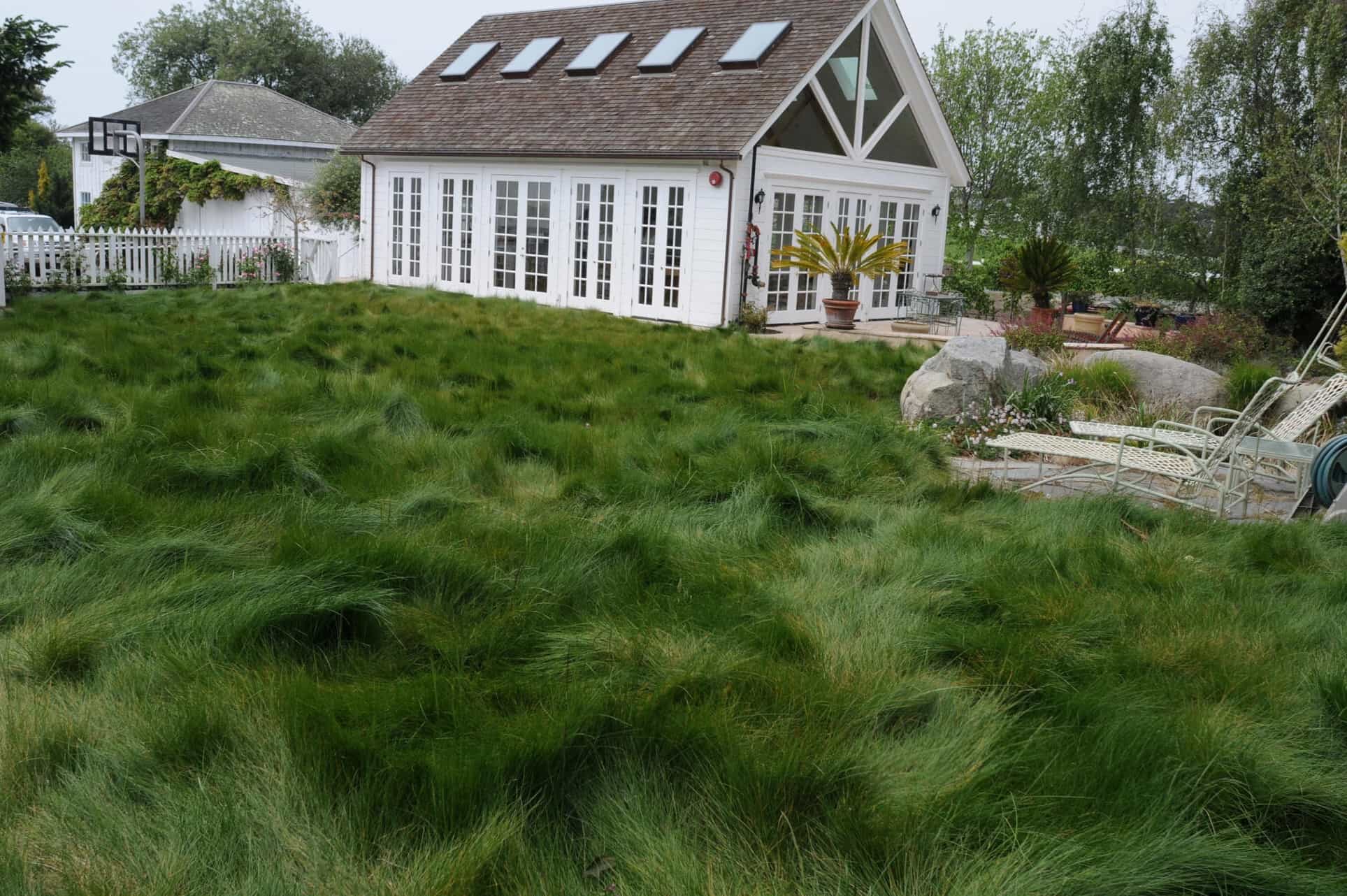
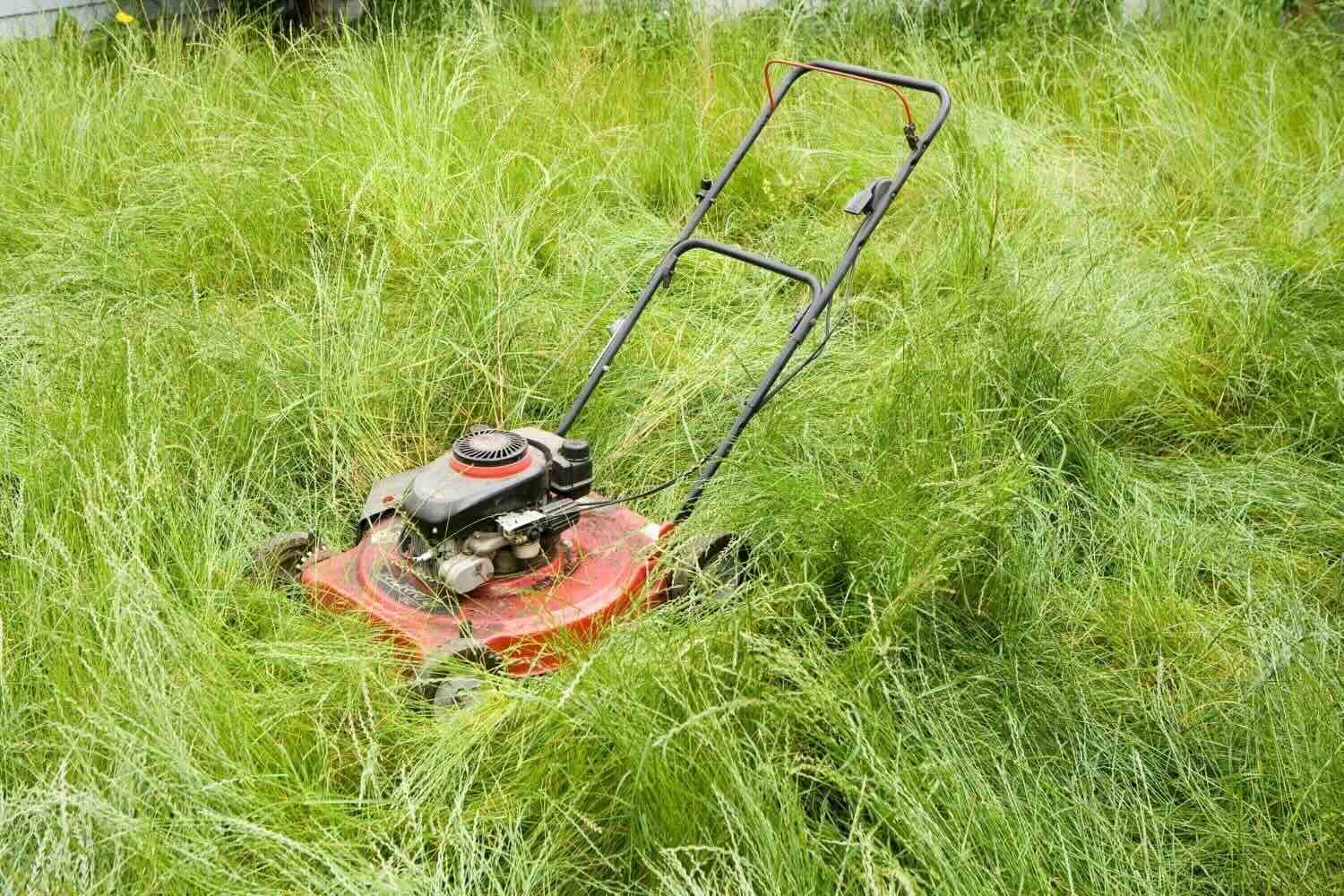
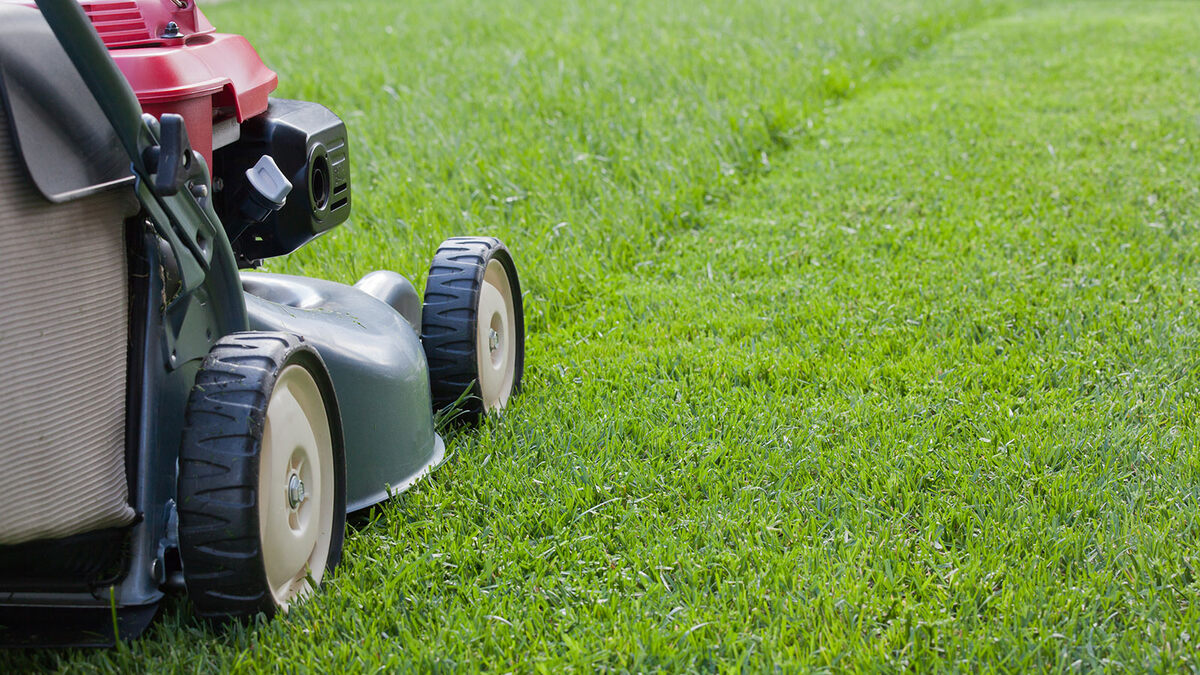
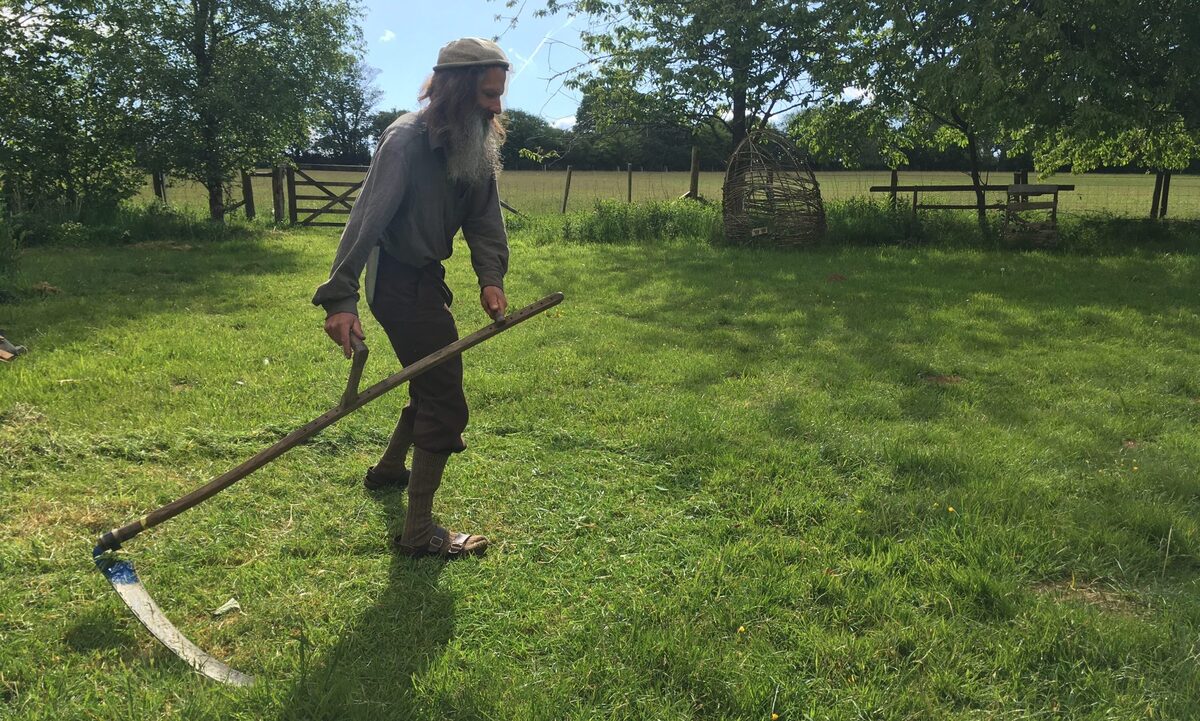
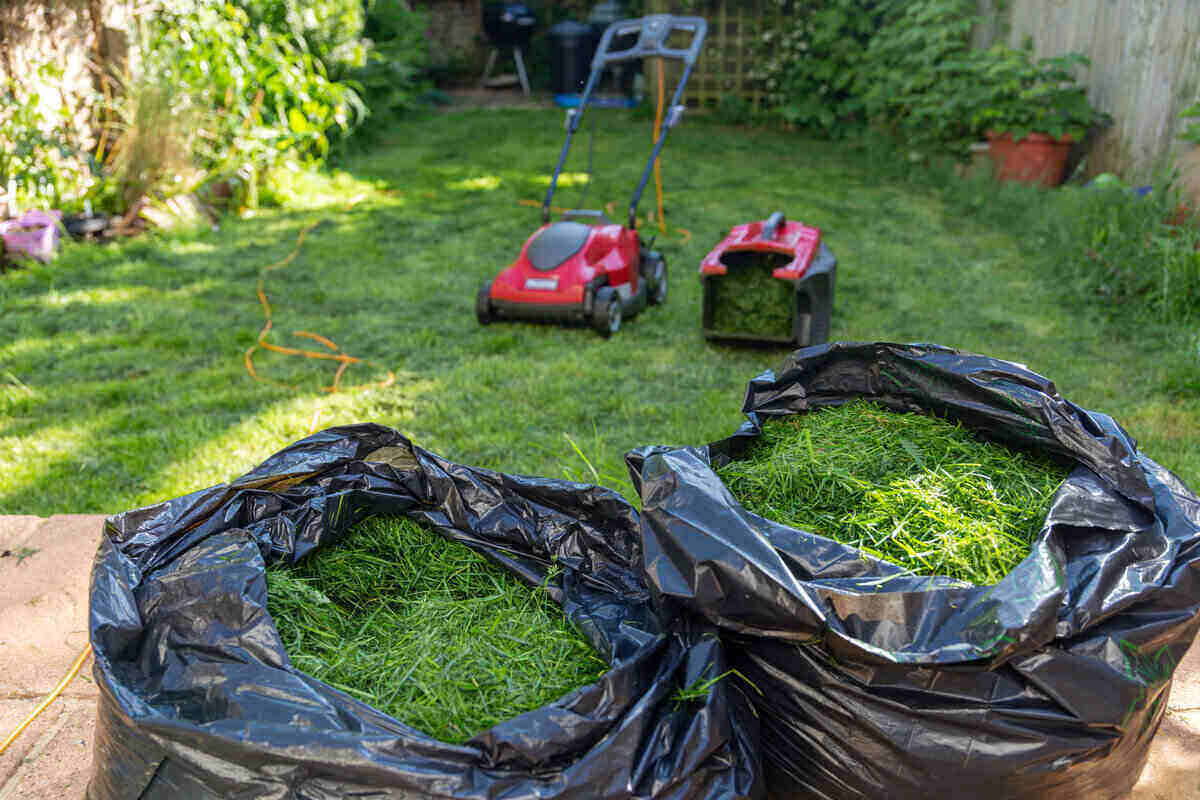
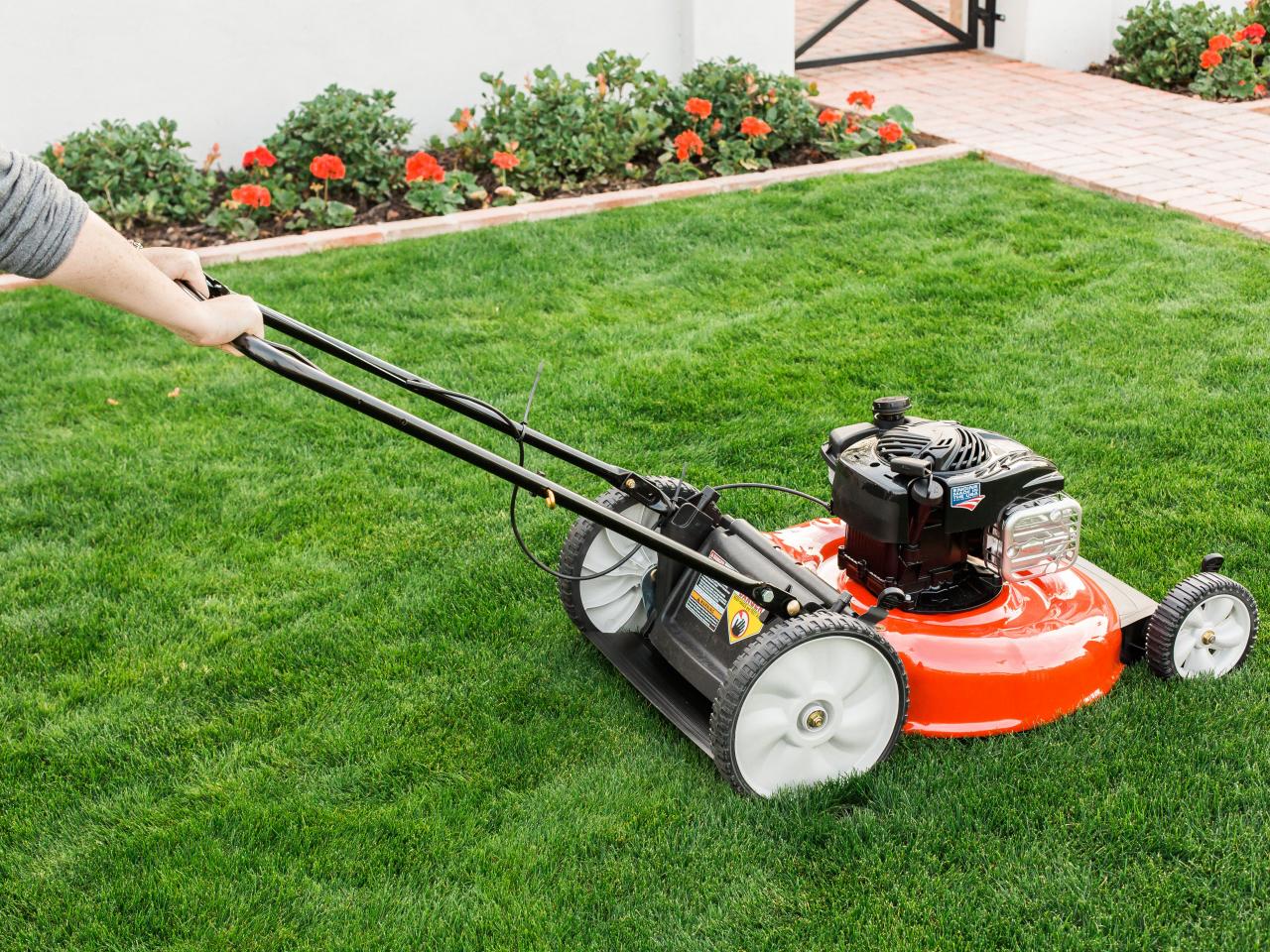
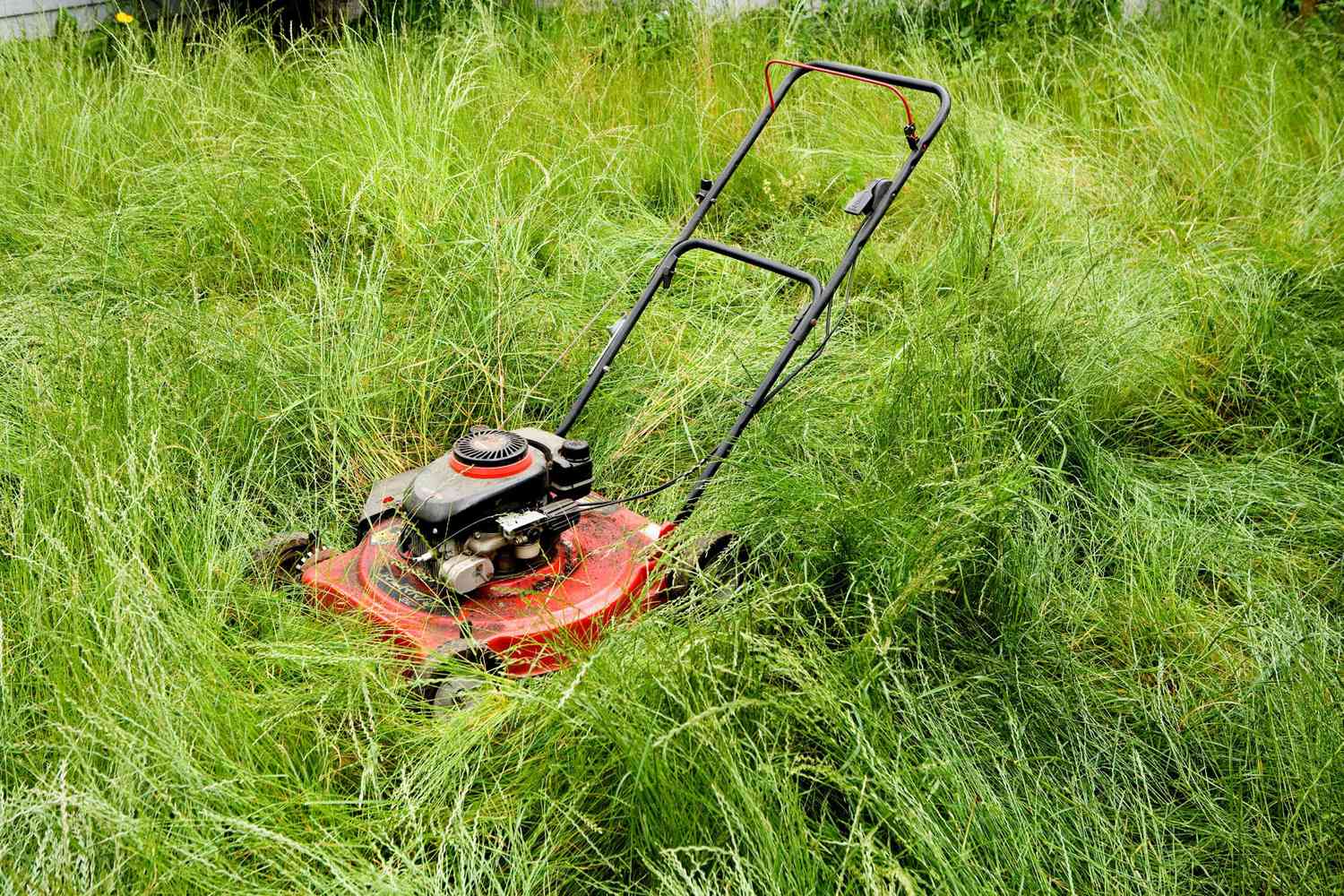
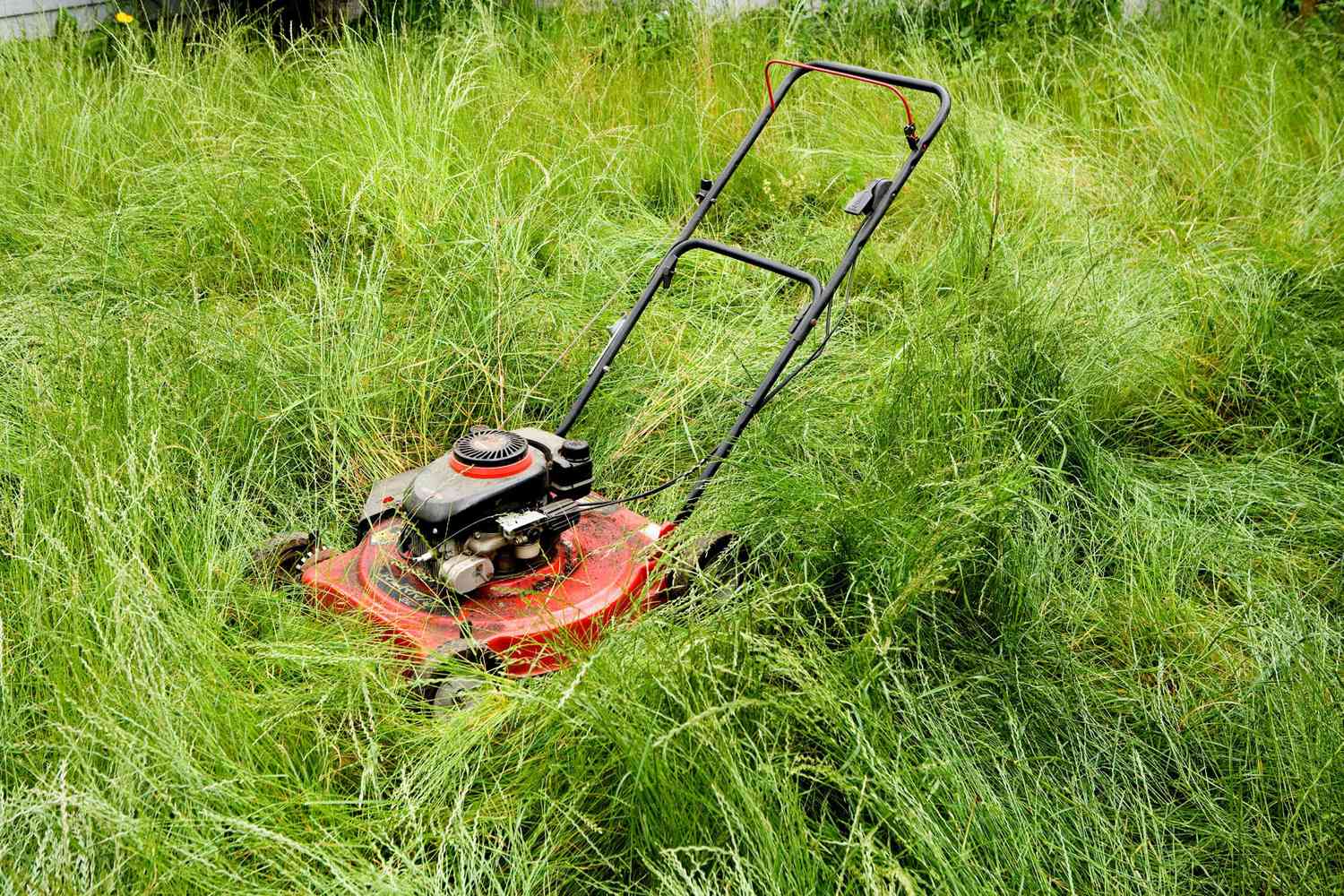
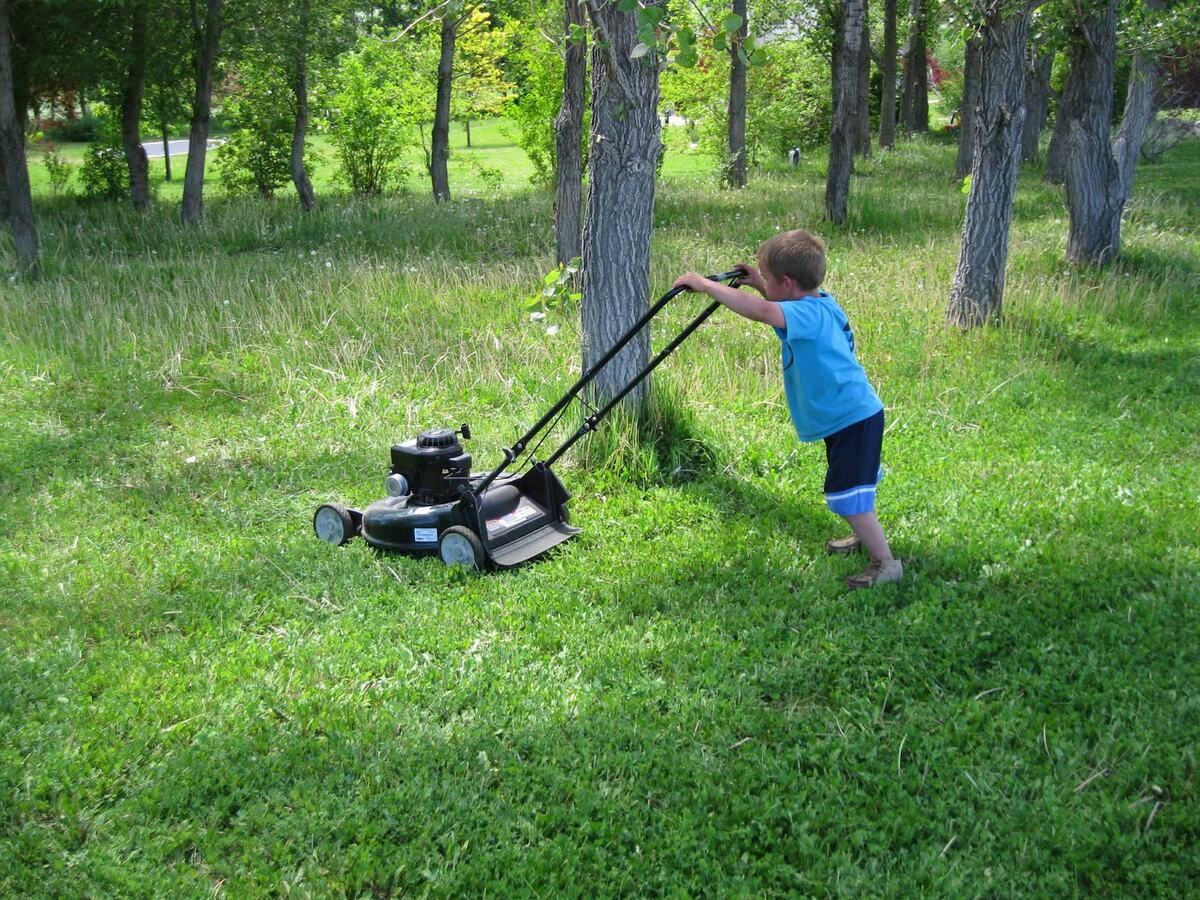
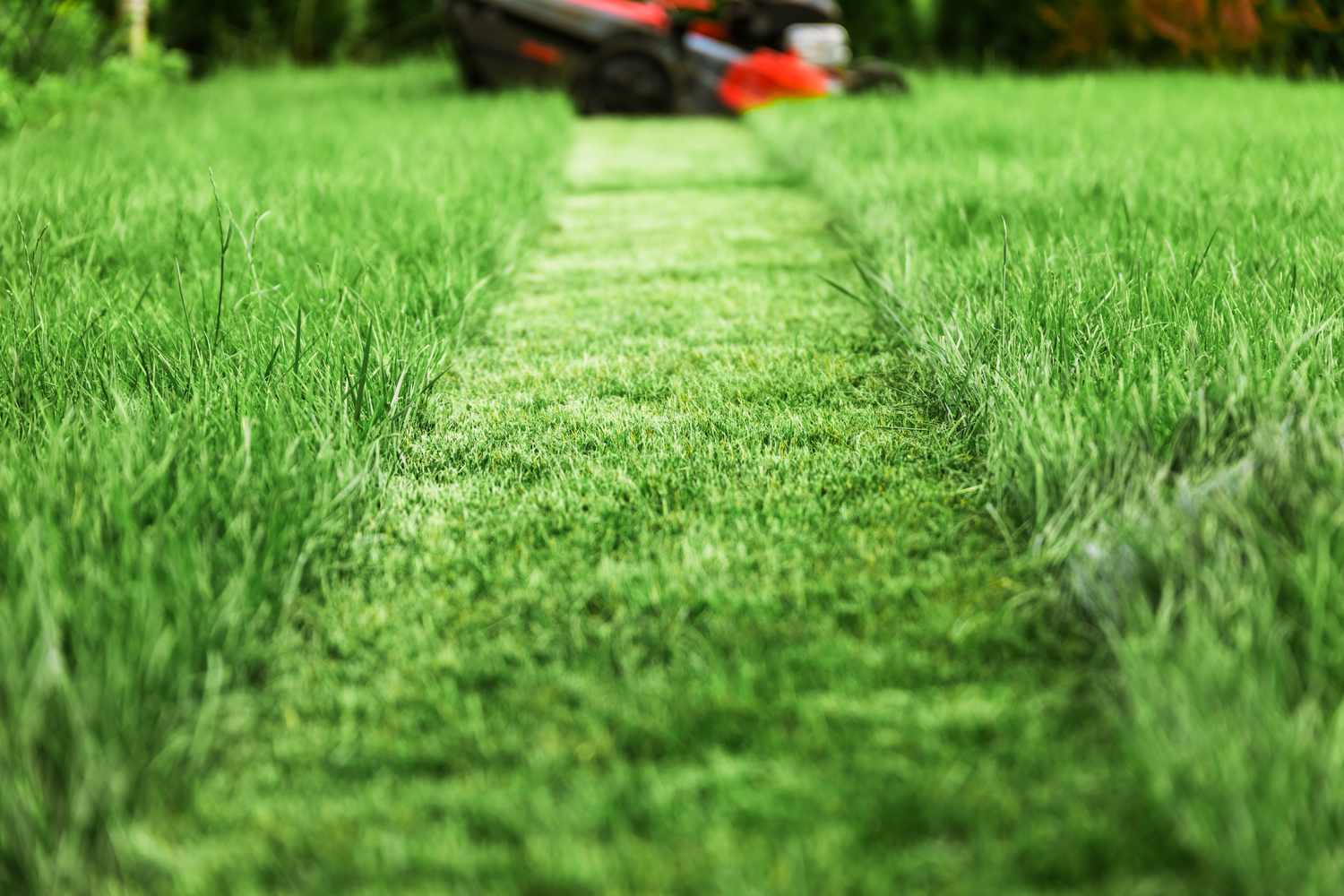

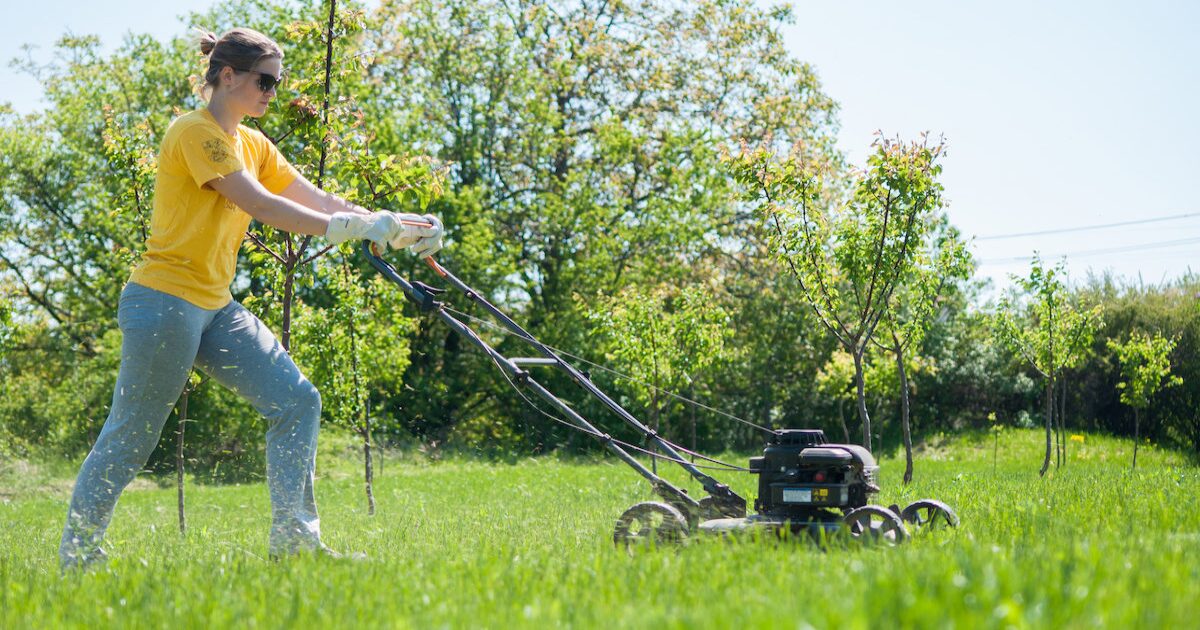
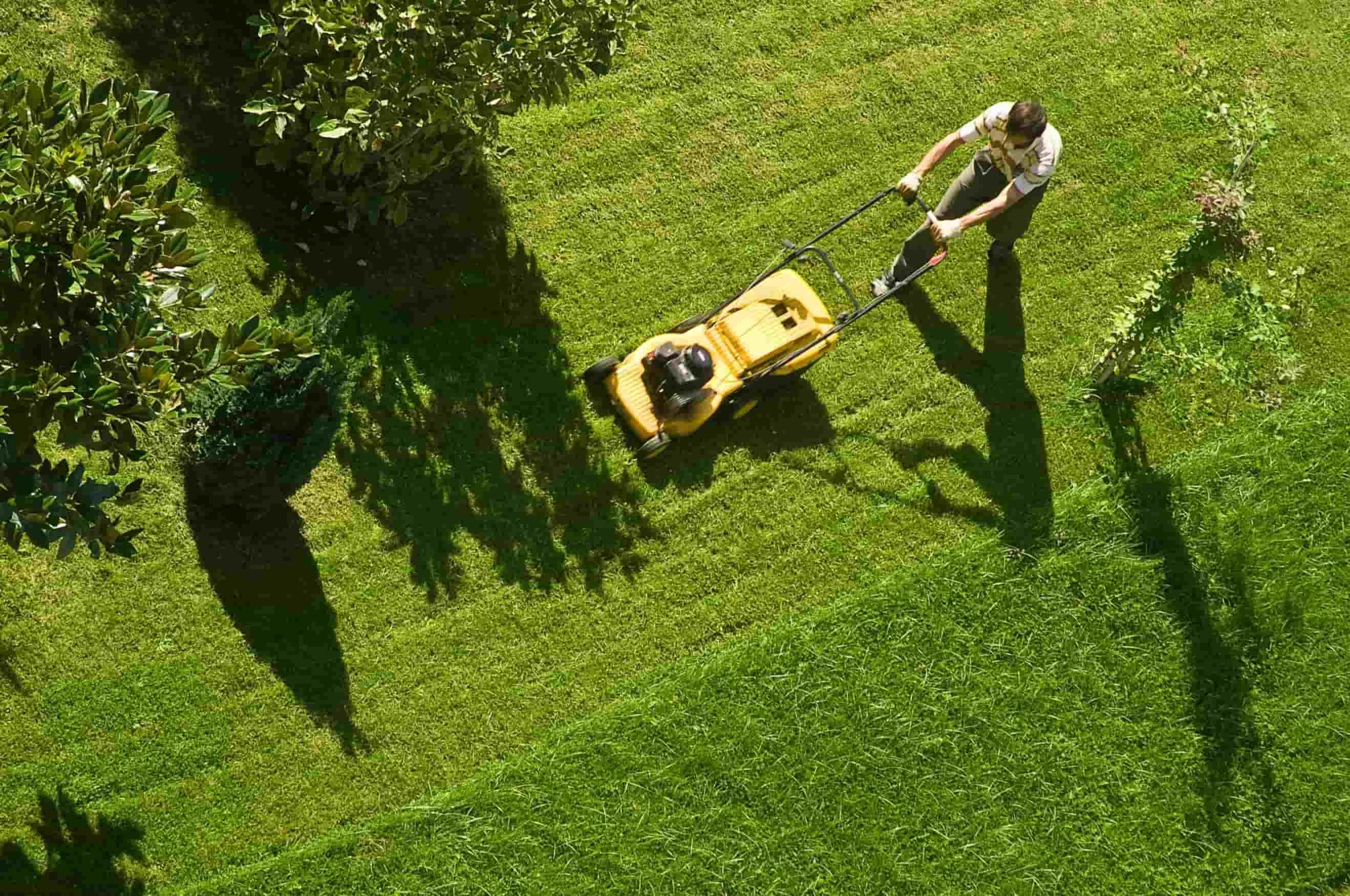

0 thoughts on “How Often To Mow Grass”